The relationship between water and cities is crucial. Cities require a significant amount of freshwater input, and in turn, have a negative impact on the environment and freshwater systems. Urban areas cannot be sustainable unless we ensure access to safe drinking water and adequate sanitation facilities. Therefore, there is a need for integrated urban water management.
How do we currently look at water in cities?
Currently, water is one of the factors driving the growth and economic development of a region, but some large cities and metropolises fail to meet their water needs. Moreover, it is projected that by 2030, 47% of the world’s population will live in areas with a high water stress.
According to the UN, it is estimated that approximately 70% of the world’s estimated population will live in urban areas by 2050. In Europe, 75% of the population already lives in cities, which also translates to 69% of energy use and, consequently, the majority of greenhouse gas emissions.
Population growth leads to:
– The expansion of urbanised areas;
– An increased building density within urban areas;
– An increased number of vehicles and traffic, necessitating road widening and increased parking spaces;
– The reduction of green spaces;
– The expansion of agricultural areas surrounding urban areas.
The need to adapt the environment in nowadays’ technology and lifestyle involves the construction of new, more complex, and interconnected civil and industrial structures that meet European standards. This includes paving, concreting, and asphalting increasingly extensive land surfaces, as well as creating recreational areas (such as sports fields) with large impermeable surfaces (concrete, artificial turf, etc.).
All of these factors contribute to the creation of impermeable surfaces, which have significant hydrological effects in urban areas: decreased infiltration, increased surface runoff, and accelerated evaporation due to the greenhouse effect that forms.
Thus, we can say that cities generate a specific climate characterised by significant deviations in all meteorological parameters compared to the characteristics of the surrounding rural areas.
Temperatures are higher during summer days, and there are local intensifications of wind. Some studies show that if the impermeable surface doubles, the peak of surface runoff increases by 20%. Small peaks of surface runoff are more affected by the increase in impermeable surfaces than larger peaks. Changes can be observed in the multi-year hydrograph of surface runoff, the peak of hydrographs, and the frequency of floods when impermeable surfaces exceed 35%.
Due to these effects, a new concept starts to emerge in urban hydrology, precisely the notion of integrated urban water management, which takes into account the following values: social and economics, aesthetics, ecological value, and the human perception.
A greater emphasis should be placed on the development of “green cities” by creating green spaces, developing public lighting from renewable energy sources, modernising urban transportation through the use of low-emission biofuels, and more. Additionally, it is important to pay increased attention to the energy efficiency of buildings.
Water and urban growth in numbers:
- The number of city dwellers without access to safely managed drinking water has increased by over 50% since 2000 (UN-Water, 2021).
- 86% of the urban population benefits from safely managed drinking water services, but only 60% of the rural population has access to them. Safely managed sanitation services reach 62% of the world’s urban population, but only 44% of the rural population (WHO/UNICEF, 2021).
- The global urban population is estimated to increase from 3.9 billion people currently to 6.3 billion in 2050 (UNESCO, 2012).
- Currently, 55% of the world’s population lives in urban areas, but the proportions are expected to increase by 68% by 2050, which will mean an additional 2.5 billion people in urban areas, with almost 90% of this growth expected to occur in Asia and Africa. (UN DESA, 2018)
- In urban areas, the main challenge is often the lack of access to basic services in informal settlements or the high prices and lack of quality control of water from private vendors. (WHO, 2017)
Current context of urban space
Urban space refers to interconnected structural elements designed to meet the socio-economic needs of the time. Most of the cities existing today are the result of a long process of development, with each stage leaving its mark on the current structure of the city.
Therefore, in the urban structure, both on the surface and underground, we can find influences from different significant periods of development.
There are several ways to expand the urban area, with the most relevant ones being: radiocentric expansion (along the main arteries starting from the well-defined centre of a city), absorption of the surrounding villages, which become residential neighbourhoods, and the actual construction of residential districts known as “bedroom communities” in the immediate vicinity of cities (the concept of suburb adopted from the West).
The urban water cycle consists of water capture, coagulation, flocculation, sedimentation, water chlorination, storage, and distribution.
The role of the sewerage network is to collect, transport, treat, and discharge the water from within the urban area. Sewerage systems can be combined, separate, or mixed. Combined sewer systems are designed to transport both domestic wastewater and stormwater from the urban area. In separate sewer systems, wastewater and stormwater are transported in separate pipes, with stormwater sometimes being discharged directly into the receiving body without prior treatment.

Diagram illustrating the functional model of water resource exploitation by urban centres. Photo source
How soil characteristics change in urban spaces
Soils within urban areas are losing their characteristics due to processes that occur both during and after constructions.
These changes occur in the soil texture due to the high input of sand, aggregates, and debris resulting from construction or demolition activities, thus altering the soil’s hydraulic properties (capillary capacity, field water capacity, permeability, section), soil water regime, thermal properties, and soil air content.
Construction and demolition waste include: concrete waste, bricks, ceramic residues; wood waste, glass waste, plastic waste; asphalt waste, tar and tar products; metal waste; excavation waste (soil, stones, gravel); insulation waste; mixed construction and demolition waste.
The effect of urban development on surface watercourses
The hydrological system represents the terrestrial phase of the water cycle in nature. At any given time, the total volume of water is considered a closed system in which the difference between the quantities of water entering and leaving a hydrographic space represents the accumulated water volumes.
The urban hydrological system is completely different from the natural hydrological system, both due to modifications to hydrological factors and the emergence of new elements.
We know that stormwater runoff from urban surfaces has a serious impact on water bodies by degrading water quality, causing erosion, and destroying habitats. In addition, the increase of impermeable surfaces leads to higher temperatures in surface watercourses, increased surface runoff from precipitation, and reduced base flows due to the increased frequency of local floods, among other factors.
The hydrological consequences associated with urban expansion have long been recorded as isolated precipitation events, but the long-term consequences have been poorly studied.
The replacement of agricultural crops, fields, and forests with impermeable surfaces leads to intensified surface runoff, facilitates erosion of riverbeds, and causes variations in groundwater recharge rates.
How is the captured water used?
Water is captured in order to be used in all economic sectors in the EU-27. Cooling water in electricity production remains the largest contributor to the total annual water abstractions (32%) in 2019, followed by agricultural abstractions (28%), public water supply (20%), manufacturing industry (13%), and cooling in manufacturing industry (5%), with mining and quarrying, as well as construction, each representing only 1% of total abstractions.
Between 2000 and 2019, water abstraction decreased overall, reflecting the policy measures implemented under the WFD. However, while abstraction decreased in some sectors, such as cooling in electricity production (-27%), it had increased in others.
For example, water abstraction for cooling in the manufacturing industry almost tripled, while water abstraction for public water supply increased by 4%, with a particularly sharp increase since 2010 (14%). Water abstraction for agriculture generally decreased between 2000 and 2019. However, since 2010, it has increased by 8%, mainly due to the increasing demand for irrigation in southern Europe.

Water abstraction by economic sectors in the 27 EU member states, 2000-2019.
Energy production and public water supply are two of the economic sectors that support the functionality of urban areas, representing 52% of water abstraction. Shortly, urban areas consume more than half of the water resources, followed by agriculture.
How can urban water waste be tackled?
To contribute to the understanding of the impact of urban areas on the water cycle, the objective of this study is to establish the well-known effect of traditional urban development on surface runoff by conducting a water balance assessment, describing changes in the water balance induced by retention/infiltration methods, and identifying current uncertainties for future research.
By developing the urban axis system, a unique distribution and consumption system is created, allowing for the determination of the level of resource consumption and waste of the hydrological resource in the urban space. This can shape a program to combat the waste of hydrological resources in the urban environment.
Solutions to the impact on urban waters
SUSTAINABLE DRAINAGE SYSTEM. While the city’s drainage system used to be designed to protect against floods by rapidly removing rainwater from the urban surface through separate or combined sewer systems, now we are designing a sustainable drainage system that takes into account both the protection and comfort of the population as well as the protection of the environment and water resources.
We are talking about a new concept in integrated urban water management, which is one of the measures applied to maintain hydrological conditions in the urban area close to those estimated in the hypothesis that the urban area is a natural area. This is happening by involving natural processes in reducing surface runoff (interception and facilitation of infiltration), with all green spaces retaining water from precipitation within the system (urban area).
RETENTION UNITS. A common solution is the construction of reservoirs that retain water during periods of liquid precipitation and temperatures above 0°C, from roofs or large surfaces, in which case they are built on the stormwater drainage network. Water reservoirs designed to collect rainwater for personal use can be made of PVC, polyethylene, fibreglass, concrete, wood, etc., either underground or aboveground. The use of these reservoirs has the benefits of reducing the water supply to the area through the centralised system and reducing surface runoff.
URBAN AXIS SYSTEM. Geographic axes represent a socio-economic system for diagnosing the territory. The system balances the interdependence between economic chains and social needs within an area. The growth of urban space and the number of inhabitants lead to increased consumption of drinking water. The axis can be established between cities, but it should be noted that the urban spaces should be similar in terms of population, economic development, and administrative-political status to avoid discrepancies in the water cycle within the urban environment, which functions as a unified hydrological water distribution system. Thus, unified platforms for drinking water can be created as a reserve for the city.

He is a Ph.D. student at the Faculty of Geography, Babes-Bolyai University, Cluj-Napoca. His current research focuses on the conservation of basic resources to prevent waste, and he also draws attention to the economic effects of climate change through his work.
Article first published on InfoClima















